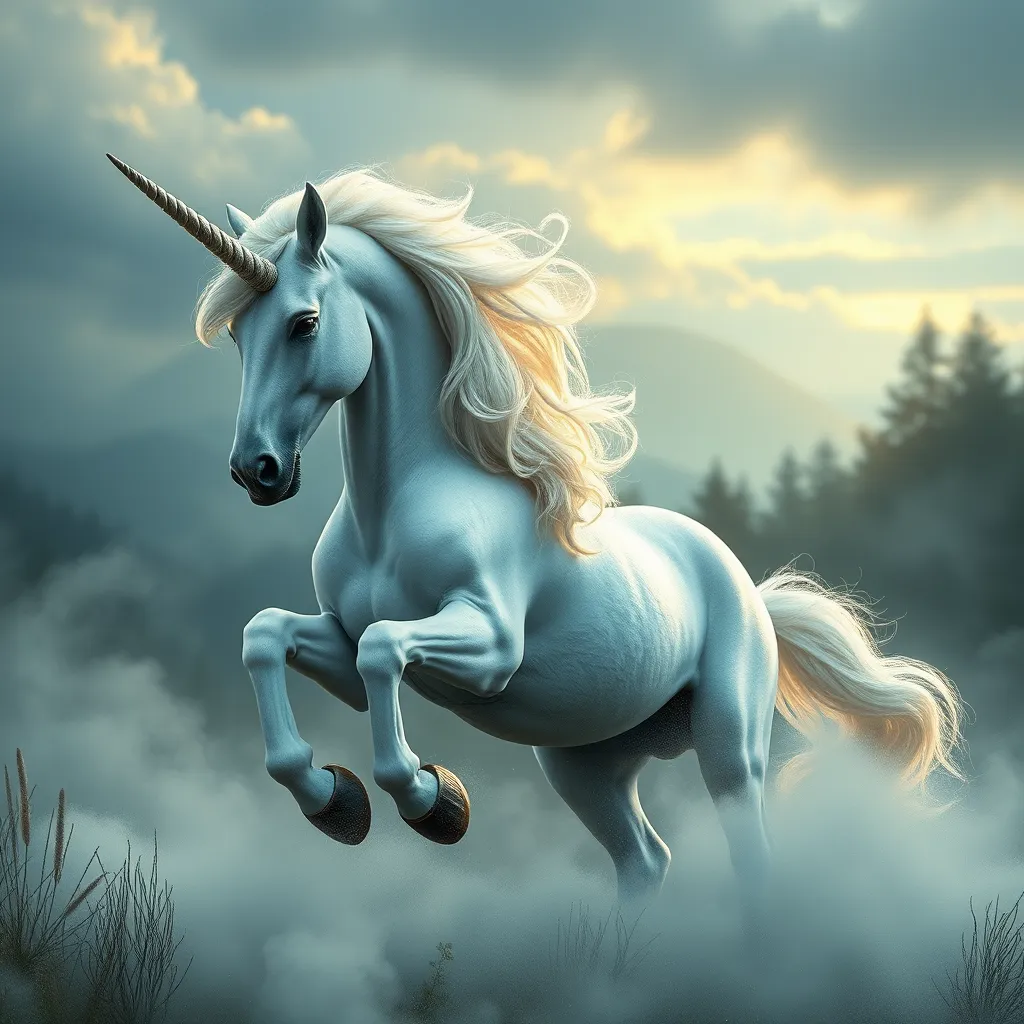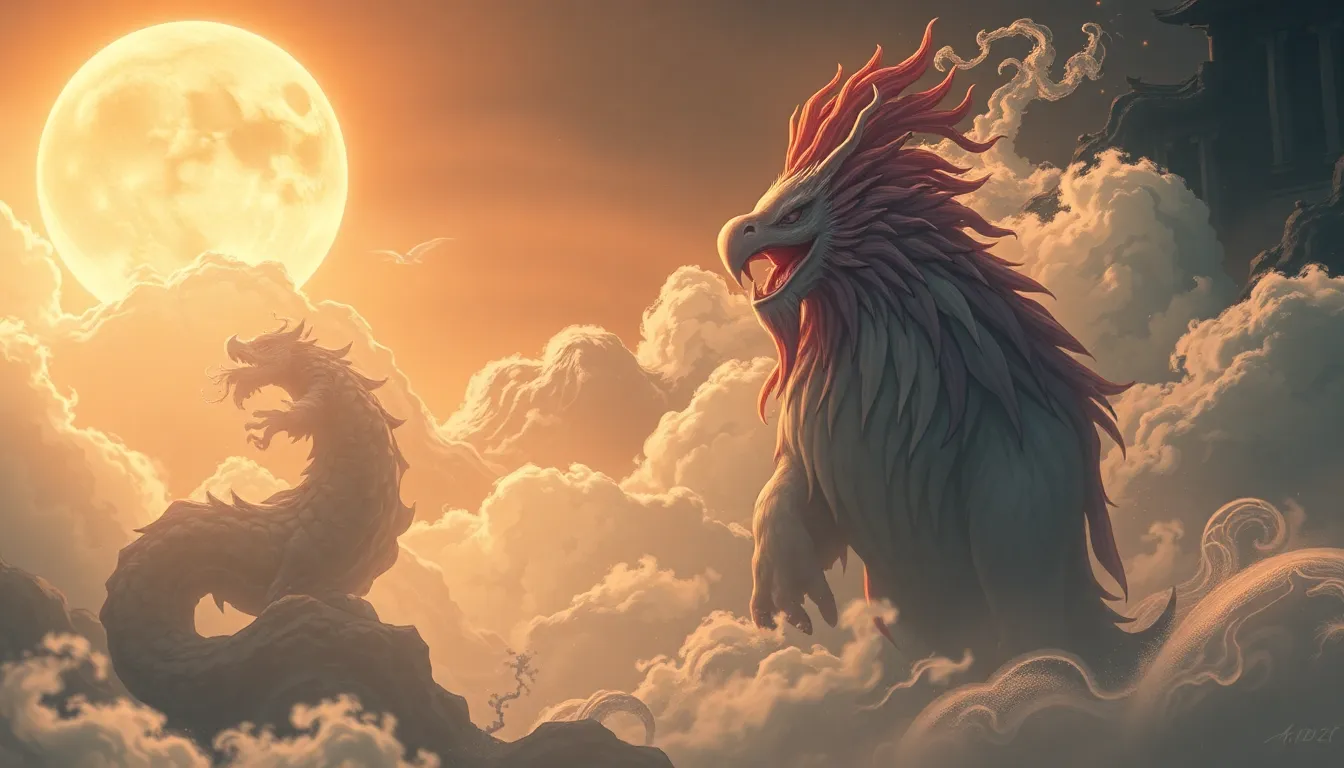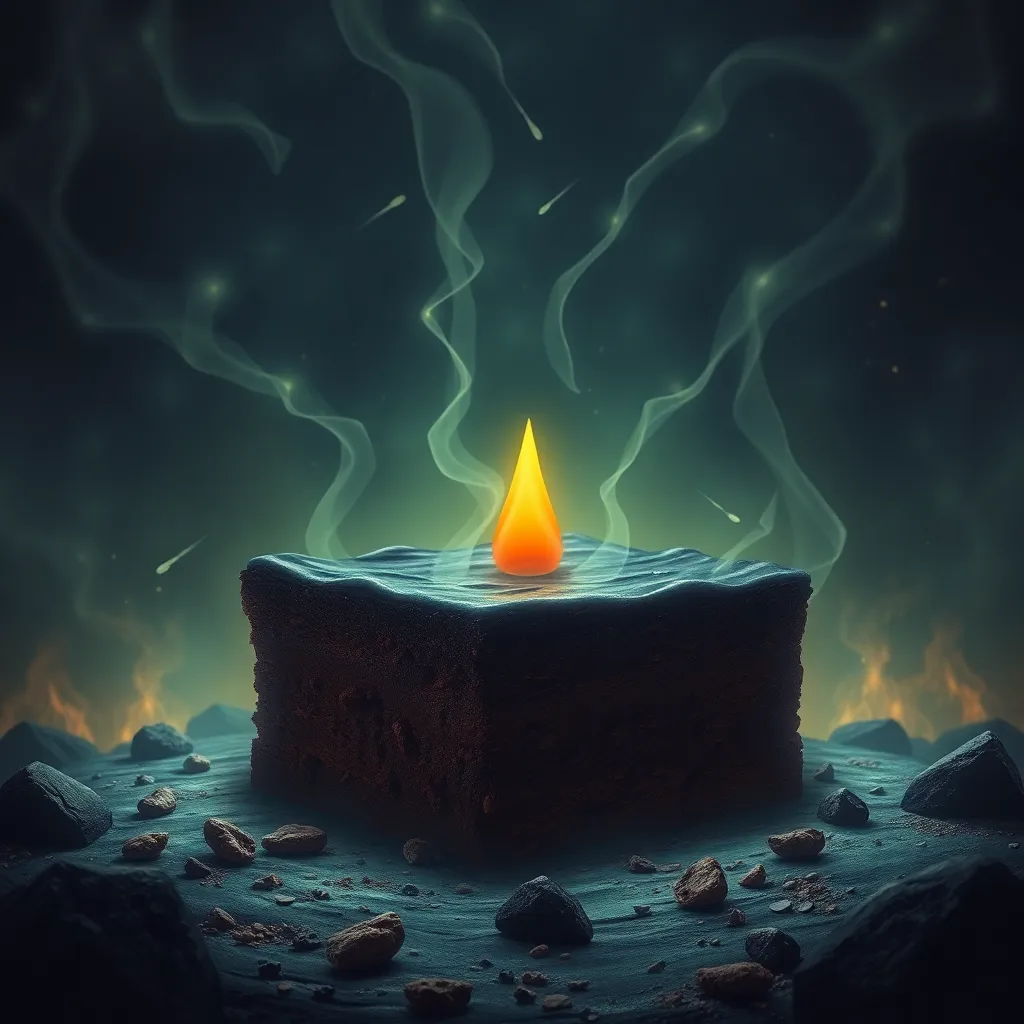The Unicorn’s Legacy: Exploring the Unicorn in British Myth and Legend
Introduction to the Unicorn in British Culture
The unicorn, a mythical creature often depicted as a horse-like animal with a single spiraled horn on its forehead, holds a significant place in the tapestry of British mythology and culture. Revered for its beauty and purity, the unicorn has become a symbol of grace, virtue, and untamed nature. Its prevalence in British folklore and art reflects a deep-rooted fascination that spans centuries, making it a compelling subject of exploration.
Historical Origins of the Unicorn Myth
The origins of the unicorn myth can be traced back to ancient texts and sources. References to unicorn-like creatures appear in the writings of classical authors such as Aristotle, who described a one-horned animal in his accounts of exotic beasts. Moreover, the unicorn is mentioned in the Bible, notably in the King James Version where it is translated from the Hebrew word “re’em.”
In British folklore, the influence of Celtic and Roman mythology cannot be overlooked. The Celts revered many animals as symbols of power and spirituality, and the unicorn became intertwined with their beliefs. Roman writings further popularized the image of the unicorn, solidifying its place in the mythological canon.
The Unicorn in Medieval Bestiaries
During the medieval period, unicorns featured prominently in bestiaries—illustrated compendiums of animals that often included moral lessons. In these texts, the unicorn was frequently depicted alongside a virgin, symbolizing purity and innocence. The unicorn’s horn was said to possess magical properties, with the ability to purify water and heal ailments.
Key characteristics attributed to unicorns in medieval bestiaries include:
- Symbol of Purity: Associated with virginity and chastity.
- Healing Power: Believed to have the ability to cure diseases.
- Elusiveness: Often portrayed as a creature that could only be captured by a virgin.
Unicorns in British Heraldry
Unicorns have also made their mark as heraldic symbols within British history. As emblems of strength and purity, they appear in numerous coats of arms and royal emblems. The unicorn is particularly associated with Scotland, where it is featured prominently in the Royal Arms of Scotland, often depicted supporting the shield.
The significance of unicorns in heraldry includes:
- Symbol of Protection: Representing the defense of the realm.
- National Identity: Embodying Scottish pride and heritage.
- Royal Connections: Linked to nobility and aristocracy, enhancing their status.
Folklore and Legends: Notable Unicorn Tales
Across the British Isles, various legends involving unicorns have emerged, each adding to the rich folklore surrounding these mythical beings. One notable tale comes from Scotland, where the unicorn is featured in the story of the “Unicorn and the Lion,” symbolizing the eternal struggle between Scotland and England.
Regional variations in unicorn stories often highlight distinct cultural values, such as:
- In Wales: The unicorn is sometimes associated with the tales of King Arthur and his knights.
- In England: The unicorn is often portrayed in allegorical contexts, representing purity in the face of corruption.
The Unicorn as a Symbol of National Identity
The unicorn holds a special place in Scottish history and identity. As the national animal of Scotland, it symbolizes the nation’s spirit and resilience. The incorporation of the unicorn into Scottish heraldry and national emblems has reinforced its significance as a symbol of national pride.
Moreover, the unicorn’s role in the creation of national myths and symbols cannot be overstated. It serves as a reminder of Scotland’s unique cultural heritage and its longstanding traditions. The unicorn embodies the qualities of bravery, independence, and mystical allure that are integral to Scottish identity.
Modern Interpretations and Representations of Unicorns
In contemporary culture, the unicorn has experienced a resurgence in popularity, becoming a symbol of whimsy and magic in various media. From children’s toys to fashion trends, the unicorn has been reimagined in countless ways, appealing to both young and old audiences alike.
Modern interpretations often differ from traditional views, including:
- Pop Culture Icons: Unicorns are frequently depicted in movies, TV shows, and literature as magical creatures with playful personalities.
- Merchandising: The commercialization of unicorn imagery reflects a broader cultural fascination with fantasy and escapism.
- Inclusivity: Unicorns have become symbols of diversity and acceptance, often associated with LGBTQ+ pride.
Conclusion: The Enduring Allure of the Unicorn
The unicorn’s legacy in British mythology and culture is undeniable, with its enchanting presence woven into the fabric of stories, art, and symbols throughout history. From its origins in ancient texts to its modern-day interpretations, the unicorn continues to captivate the imagination of people around the world.
As we reflect on the unicorn’s enduring allure, it becomes clear that this mythical creature represents more than just a fantastical being. It embodies ideals of purity, strength, and the magic of the natural world, reminding us of the beauty found in the myths and legends that shape our cultural identities. In today’s society, the unicorn remains a powerful symbol of hope, creativity, and the limitless potential of our imaginations.



